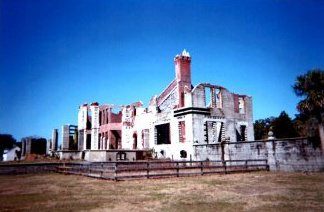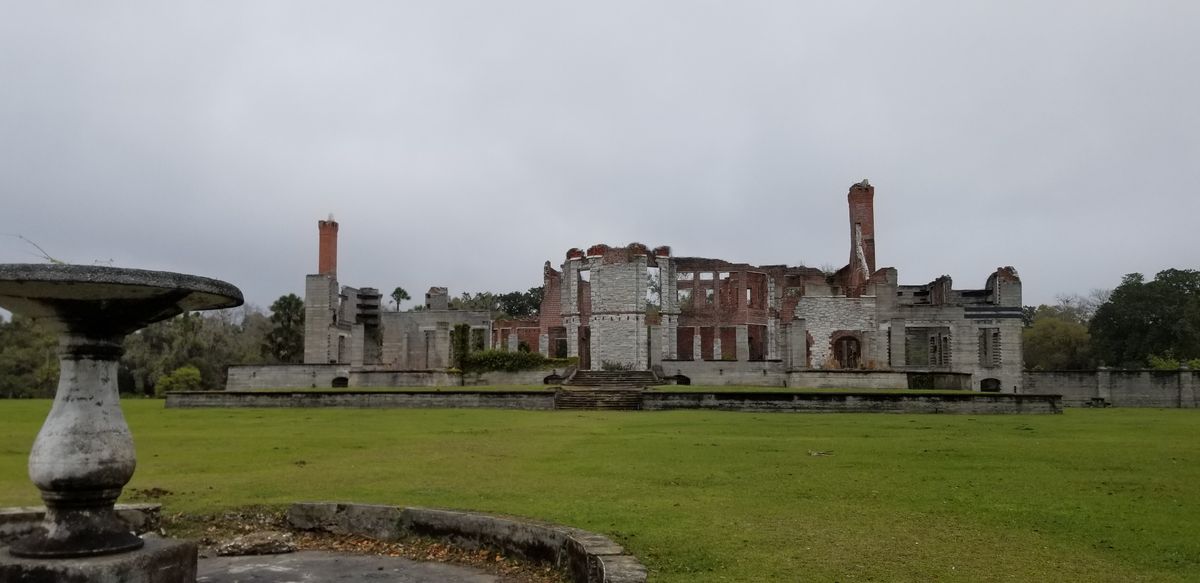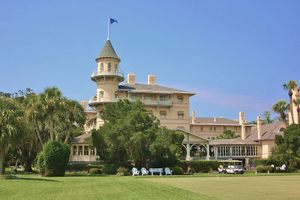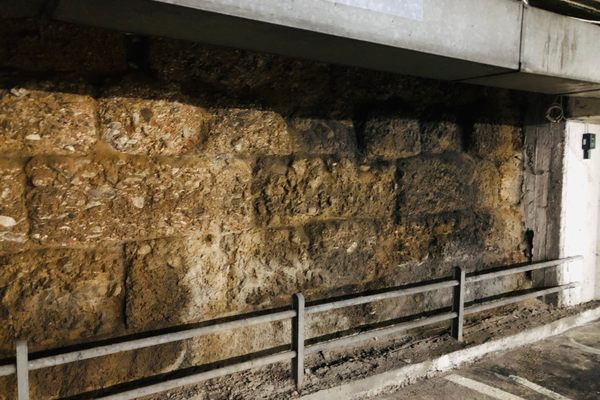About
In a glaring 19th-century example of the privileged 1 percent, Thomas Carnegie (Andrew's brother) and his wife Lucy bought 90 percent of Cumberland Island off the southernmost coast of Georgia. This included building a gigantic 59-room St. Ann style mansion on the south shores. After being left abandoned and eventually burned, only ruins still remain.
Initially planned as a winter getaway, after a series of illnesses, Thomas revised this to be his home in retirement. Construction began on the mansion in 1884, though, sadly, Thomas passed away before the estate was finished. When it was finally finished a few years later, Lucy and their nine children moved into the mansion. The estate also included an indoor pool, squash courts, a golf course, and other residences for the family's 200 servants.
The estate flourished until the 1930s, and three other great estates (including Plum Orchard) were built elsewhere on the island for some of the children. With the advent of the Great Depression, the homes were slowly abandoned, as the island had no resources and everything had to be shipped in. Dungeness sat decaying until 1959, when a fire gutted the mansion, leaving only a skeletal group of ruins. Today, the ruins of the main house, the pool house, the gardens, and various other buildings still stand as a ghostly reminder of the wealth the island once contained.
Although most of the island is now preserved under wildlife conservation efforts, the ruins can still be seen, and visitors can get a fairly accurate picture of what the Dungeness mansion once looked like.
Related Tags
Know Before You Go
There is an unpaved airstrip on the island that can handle single engine planes. A ferry runs daily from St. Mary's, Georgia. Throughout the island there are several other mansions that were built by the Carnegie's, in various states of preservation, that should not be missed:
Greyfield is still owned by the Carnegie family and operates as a hotel, the only way to stay overnight on the island. Plum Orchard is owned and operated by the National Park Service. Stafford is still owned by the Carnegie family and is private property.
Community Contributors
Added By
Published
January 25, 2012





























































